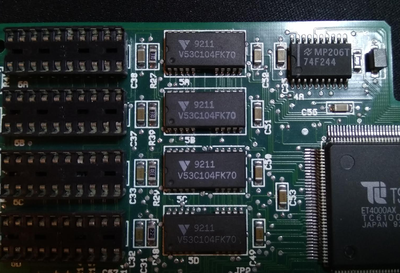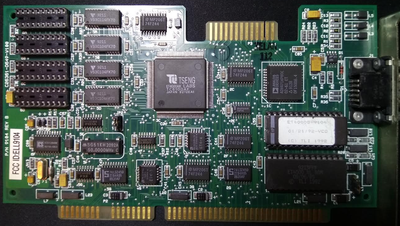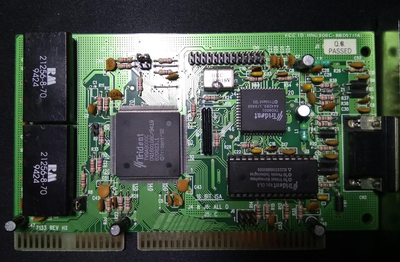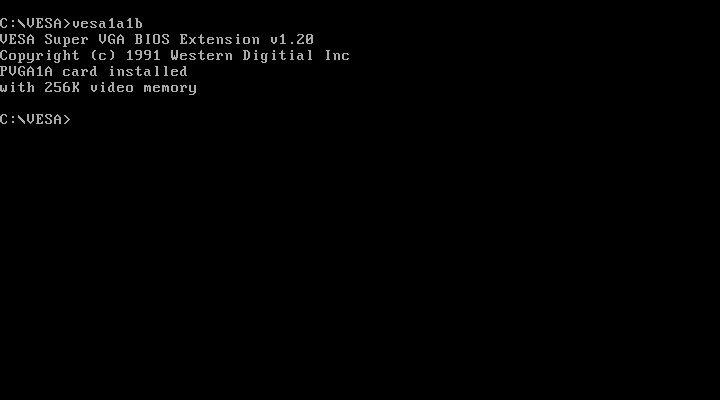First post, by opiate
- Rank
- Newbie
So i'm fighting with my 386 setup, last problematic hardware is graphics card [no color, but with help from vogons users here: Tseng labs ET4000AX - no color = problem i think i can mark this problem as solved.
Another problem showed up, again graphics card. The problematic card is Tseng labs ET4000AX, weird model, probably OEM from Tseng themself.
Here are my benchmarks with Tseng:
3D Bench LOW: 11,2
3D Bench HI: 11,2
Chris 3D Benchmark LOW: 9,4 pts @ 5,6 fps
PC Player Benchmark LOW: 3,3
PC Player Benchmark HI - error, test won't run
Doom LOW: 22 fps
Doom HI: 5,5 fps
Quake 320p: 1,7 fps
They are fairly low considering it's Am386 DX40, 16MB RAM and 1MB Tseng Labs card
And here are results from Trident TVGA9000C 512kb
3D Bench LOW: 14,2
3D Bench HI: 14,2
Chris 3D Benchmark LOW: 11,4 pts @ 6,8 fps
PC Player Benchmark LOW: 3,6
PC Player Benchmark HI: 1,3
Doom LOW: 22 fps
Doom HI: 5,5 fps
Quake 320p: 1,7 fps
So in games performance is pretty much the same, but in benchmarks, Trident is the winner. All test under DOS [6.22]
I started wondering about that Tseng cards actual memory size. Seller sugested it was 1MB, and after checking that four chips next to empty sockets [V53C104FK70] google return datasheet for "High Performance, Low Power, 256K x 4 bit Fast Page Mode CMOS Dynamic RAM" Datasheet is here: http://html.alldatasheet.com/html-pdf/127309/ … 53C104FK70.html
So it probably is 1MB, but when i decided to check few software it only showed 256/512 KB results for VRAM, and i've read somewhere that for some reason it is normal (is there a program for DOS/WFWG that can tell me accurately how much VRAM i have?)
The main question is - why is my super-sweet Tseng card slower than 512KB Trident. I fought that ET4000AX is some sort of super card for ISA systems [?]




